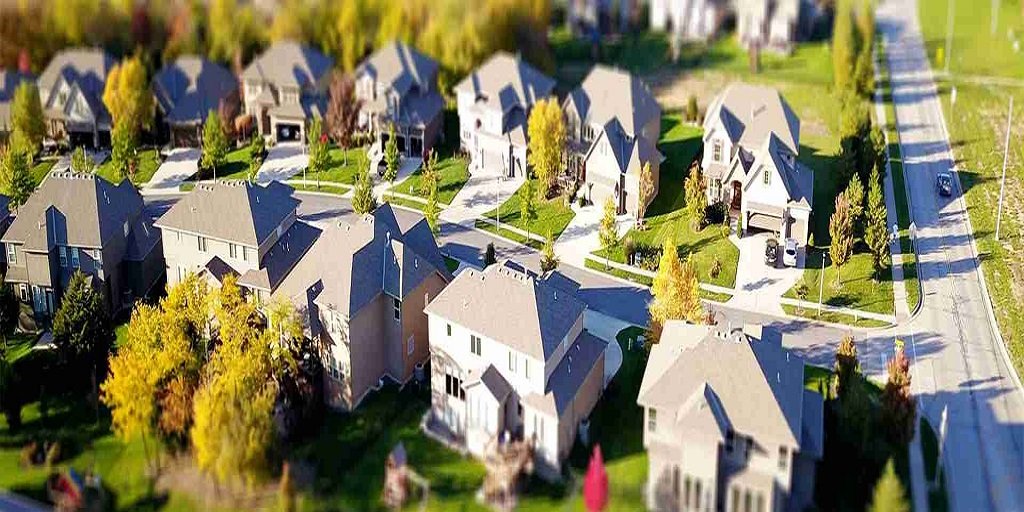In older neighbourhoods or rural areas where land has changed hands over decades—or even centuries—disputes over property lines are not uncommon. Historical documents, outdated deeds, and poorly recorded measurements can create confusion that festers over time. When a boundary conflict becomes serious, particularly one involving multiple parties or legacy landowners, one question often arises: can a cadastral survey bring clarity and resolution?
For those facing a land boundary issue in or around the Edmonton area, turning to cadastral surveys in Edmonton professionals may be the most reliable and legally defensible solution available.
The Root of the Problem: Outdated or Conflicting Deeds
Property descriptions written decades ago often used vague references like “the big rock near the creek” or “from the old oak tree to the fence line,” which may no longer exist or were never accurately measured to begin with. This kind of ambiguity, when passed from generation to generation, can lead to misinterpretations and eventually to conflicting claims.
In the Edmonton region, landowners—especially those on rural or subdivided legacy lots—might find themselves relying on these older documents when trying to sell, build, or formally divide land. Without a modern cadastral survey, their property boundaries could be unclear or disputed.
What Exactly Does a Cadastral Survey Do?
A cadastral survey is more than just a map of your property. It’s a legally recognized document that defines the precise boundaries of a parcel of land using coordinates and official benchmarks. These surveys are recorded in public records and often used by legal professionals, municipalities, and landowners to settle boundary questions or confirm property lines.
In the context of cadastral surveys in Edmonton, licensed land surveyors examine existing title documents, historical records, and prior surveys, then physically measure and mark the land based on current standards and technologies—such as GPS and total station equipment.
When a Cadastral Survey Becomes Critical
Let’s consider a real-world scenario: Two neighbouring families have lived side by side for three generations. A fence has always marked the assumed boundary, but a new development—such as building a garage or subdividing for sale—prompts a closer look. One party uncovers old deeds suggesting the fence may actually be off by several metres. That seemingly minor detail can have major implications when permits, property values, and municipal approvals are on the line.
In cases like this, only a current cadastral survey can verify the actual legal boundaries. Without it, the disagreement can escalate into a legal battle that’s both time-consuming and expensive.
Hiring experts in cadastral surveys in Edmonton ensures that the resolution is based on precise measurements, not assumptions or informal agreements. These surveys hold legal weight and are often used in court proceedings or to finalize property adjustments.
The Legal Backbone for Land Disputes
Perhaps most importantly, cadastral surveys are admissible in court and recognized by land titles offices. They offer a neutral, technical basis for resolving conflicts, especially when emotions or oral histories cloud the facts.
For municipalities, developers, and property owners in Edmonton, cadastral surveys often act as the “final word” in disputes. With exact coordinates and monumented points on the ground, there’s little room left for interpretation.
Professionals specializing in cadastral surveys in Edmonton can help bring long-standing uncertainty to an end, ensuring that property lines are clear, accurate, and legally defensible for generations to come.
For more information about Real Property Reports Regina and Land Survey Company Saskatchewan Please visit: Core Geomatics.
